- 105 Posts
- 177 Comments

 1·4 days ago
1·4 days agoI don’t work in hiring, but I do enjoy interactive portfolios. That said, I think this could get frustrating really quickly for people who just want a quick overview of who you are, what you work on, how to contact you, etc… Recruiters have hundreds of applications to sift through, they might not have the patience to wade through dialogue. Maybe keep important information easy to access and make the rest a fun game for those who enjoy it.
Anyway, this looks great and I love the voice acting!
I’d recommend making the world smaller and highlighting NPCs so they wouldn’t get lost or wonder what to do. Also be aware that a lot of people browse on phones or tablets, so this needs to play nice with portrait mode as well.
I use Joplin. It’s fairly simple and very comparable to Evernote if you’ve ever used that, but it’s perfect for my needs.
I used LogSeq before, it’s very similar to Obsidian, the big difference being that it’s open source. It’s got a ton of features and the built-in whiteboard is actually really good, but I found it a bit overkill for my simple note taking.
- Logseq also makes each line start with a bulleted list which quickly made me go insane
Not mentioned in this post but if anyone was thinking about using 4.4 for web exports, wait a little more. There’s still a pretty bad issue with audio cackling that hasn’t been fixed yet (though there’s a PR submitted for it, so it might make it to beta 3).

 5·11 days ago
5·11 days agoElectron isn’t here to compete with anyone. It’s a free open source community effort filling a gap. If you want to defeat Electron, you will need to fill it too; and you will need to do a better job than Electron is doing today — at the things that allow us to deliver a good experience.
I think that’s the big takeaway, people like hating Electron (like yours truly), but if you want Electron to stop being so common there needs to be an alternative that’s as powerful and flexible. Nobody wants to make that. Electron works, it’s stable, it’s industry standard, it’s not performant but it performs well enough, and you can’t beat web browsers in having a massive ecosystem where everything just works.
Tauri tried to be the Electron killer but it became apparent that OS-specific web-views aren’t something developers want to deal with, and IIRC they’re also looking into embedding a browser runtime which will make it more or less Electron again…

 1·12 days ago
1·12 days agoI appreciate the rundown! I started getting used to Emmet now, it’s certainly more friendly than it looks. I think this is what I was looking for.
The short-hand for CSS in Emmet is also pretty neat, but It’ll take some time to get used to it.
w75p m10turns intowidth: 75%; margin:10px
Finally, audio cackling in web builds should be fixed!

 5·8 months ago
5·8 months agoI’ve been on Nobara for almost a year now and am really happy with it. The only distro I’d probably switch to is Bazzite just to try out immutability, but aside from that I’m good where I am.
There are two good options: Host your own blog yourself, or join a blogging platform that isn’t corporate. I personally use BearBlog but I’ve heard good things about Write.as as well. These two have free blogging options and don’t sell your data. If you want to host it yourself (which is safer), check out Hugo.
Ultimately, bots scrape the entire internet and there’s no guarantee they will honor robots.txt of a particular website (which tells bots what they are and aren’t allowed to do). If it’s on the internet, people can scrape your content and there isn’t much you can do about it. That shouldn’t stop you from writing or blogging, just don’t post very personal data.
Also, feel free to join us on !blogging@programming.dev!

 0·9 months ago
0·9 months agoCompiling to bash seems awesome, but on the other hand I don’t think anyone other than the person who wrote it in amber will run a bash file that looks like machine-generated gibberish on their machine.

 4·9 months ago
4·9 months ago“Merge pull request #8 from [branch name]”
Not the most exciting but hey, someone has to do it.

 21·9 months ago
21·9 months agoI don’t agree with people downvoting you just cause its unity lmfao
Yeah Lemmy is kind of funny in that regard, the downvote is not a disagree button.
It’s also a lot easier to manage via code since you could just get children and have each layer have its own group.
It’s a two part story:
-
The mobile market mostly targets kids and boomers and their resistance to microtransactions has been basically non-existent, making the market quickly become predatory and full of spam
-
Modern app stores have become abysmal, making it impossible for smaller games to see the light of day. 99% of google play is a dumpster fire, and the 1% that is decent isn’t published by a multi-billion dollar company so you’re unlikely to ever see it. There are good games out there, but the way the algorithms and ads work makes them constantly pushed down in the list. This isn’t “a problem” to a company like Google because they’re making bank off of all these ad spaces.
Anyways, most good games are paid, but here’s a list of stuff I’ve enjoyed playing on mobile:
-
Fancy Pants Adventures
-
Bloons TD 6
-
Dicey Dungeons
-
Dead Cells
-
Slay the Spire (but the mobile port is rough on small screens)
-
Knights of Pen and Paper +1
-
The Enchanted Cave 2
-
Let’s Create! Pottery
-
BAIKOH
-
Data Wing
Probably a lot more I forgot. Have at it.
-
Has it ever been better?
Actually, yes, by a big margin. Back in ~2011 mobile games were actually trying to be great. Games like Edge Extended, World of Goo, Bounce Boing Voyage, Zenonia 2 & 3, etc.
I remember early Humble Bundles being full of exciting games for mobile, now you’ll be lucky to find just one of them that isn’t filled to the brim with MTX or ads.

 111·9 months ago
111·9 months agoSort of. If you earned >$1 million in revenues in the past 12 months, you have two options:
-
Pay 2.5% of your monthly revenue
-
Pay a runtime fee based on your monthly downloads
So basically, they made it optional, but you still have to pay 2.5% which is still significant. Otherwise you can use the runtime fee and report data yourself (it will probably be cheaper)
-

 7·10 months ago
7·10 months agoJust skimmed the video, it’s pretty good! Provides a good crash course for people to just start making a platformer, it definitely skims some important topics like physics layers or how to properly use tilemaps, but I expect follow up videos to start explaining things more.

 10·10 months ago
10·10 months agoI was recently contracted to make a neat prototype of a game. It’s a twinstick shooter with MOBA elements, you got minions coming out of towers attacking other minions and the goal is to destroy towers to make your way in and destroy the enemy base.
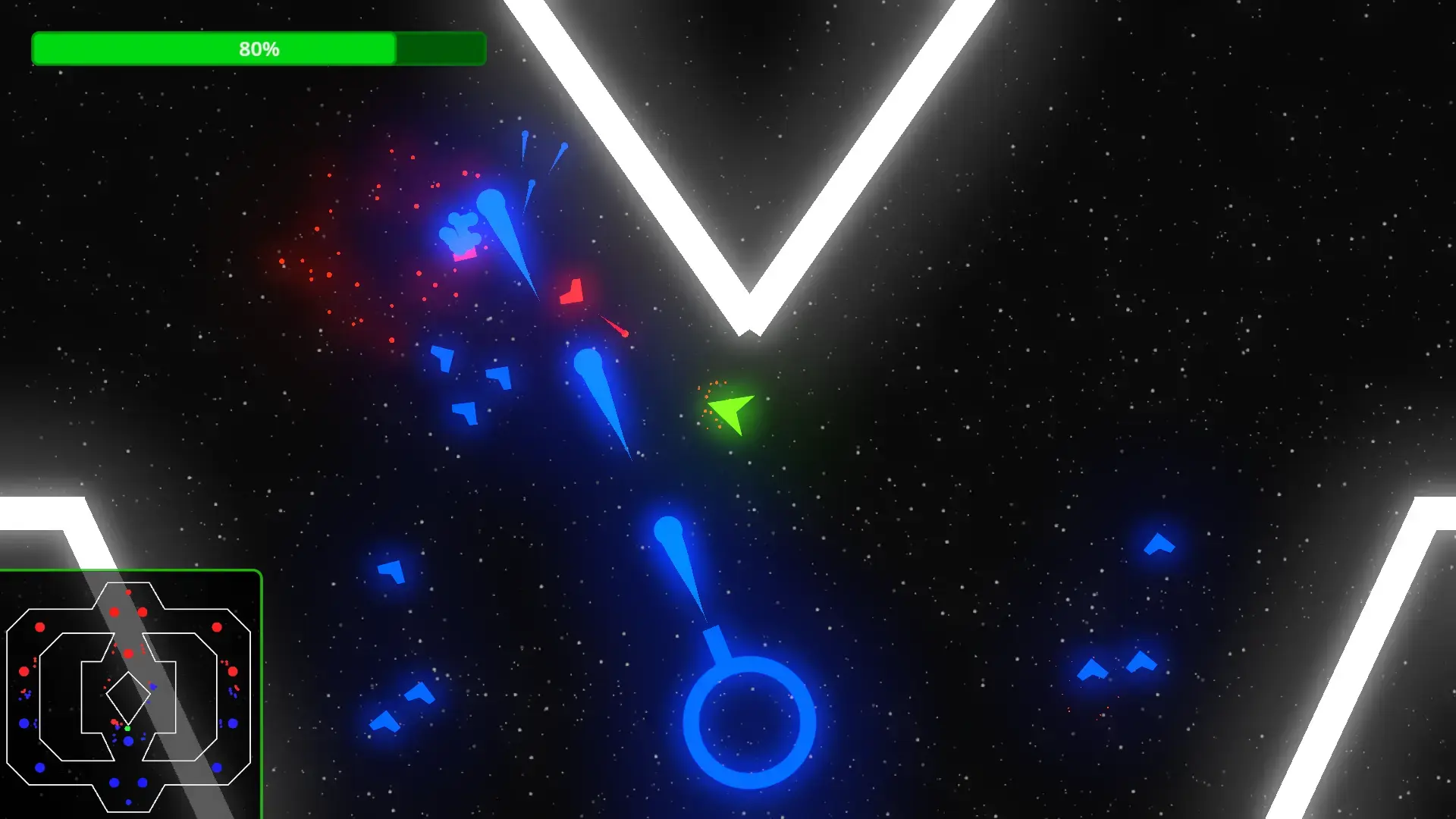
Navigation in Godot is pretty neat, very hassle-free.
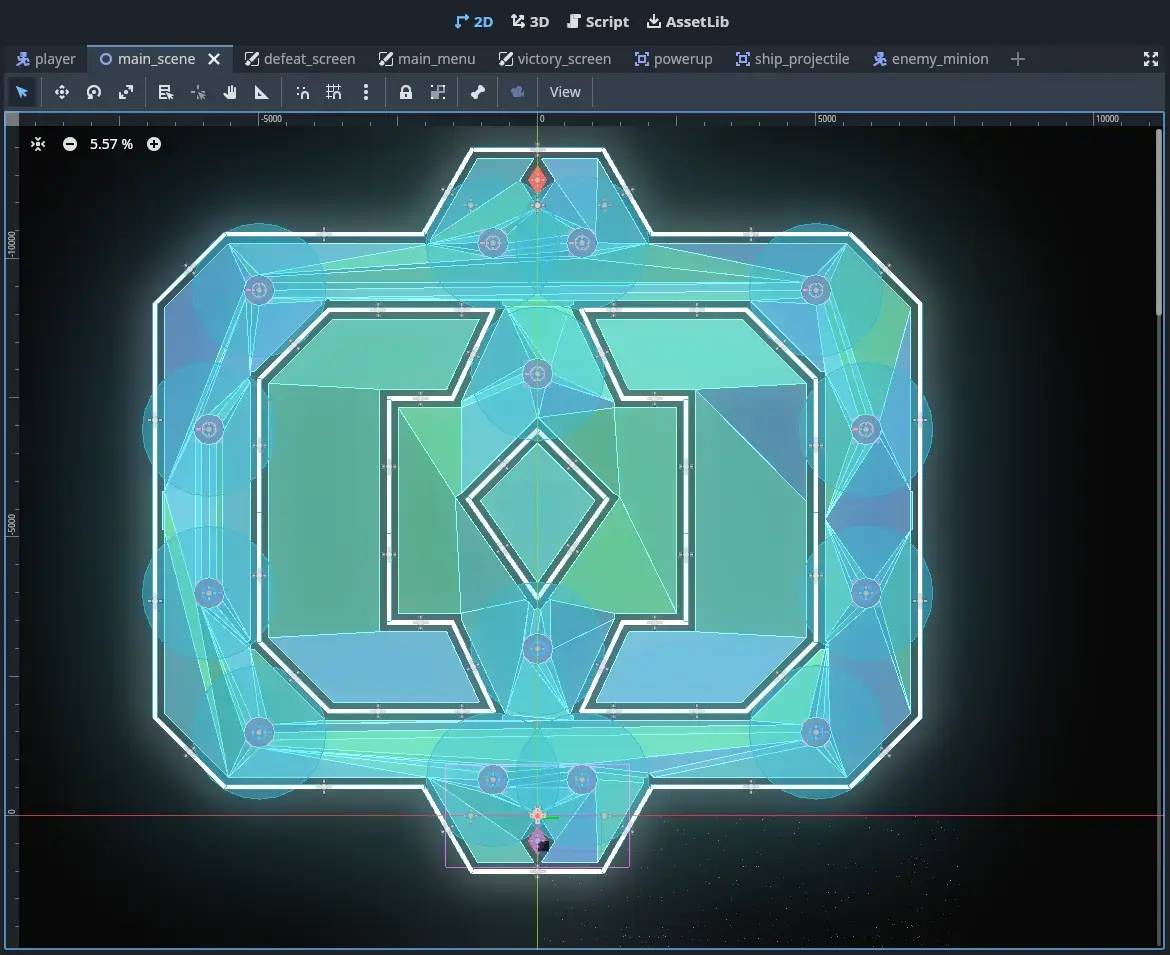

 5·10 months ago
5·10 months agoI’ve bought the $1 tier to get into shaders and I sort of agree. I took the Unity 2D course when I was starting out game development and it was excellent, really gave you everything you need to know to understand and learn how to make real games.
I’m 75% through the shader course (which is fairly short, like ~2 hours long) and it’s just okay. It gives you a decent introduction on how shaders work, teach you a few simple effects like distortion and dissolving and color swapping, then you’re on your own. I didn’t feel like I learned enough to be confident making my own shaders and I still only have a surface level understanding of it. Not great for a paid course, I’m starting to think that’s the reason it was only $1 in the bundle.
I still 100% recommend their 2D unity course but it seems like how good the course is depends on the instructor. Rick is the best instructor they have, the new ones aren’t cutting it. Maybe I should make my own tutorials because a lot of Godot offerings currently are lacking.

 2·10 months ago
2·10 months agoNice, good luck!


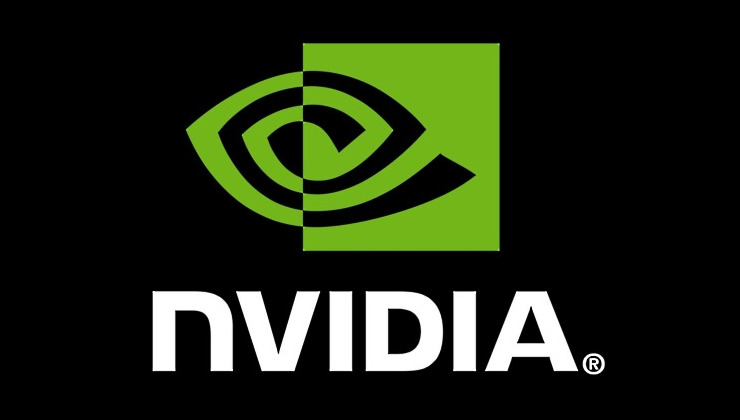
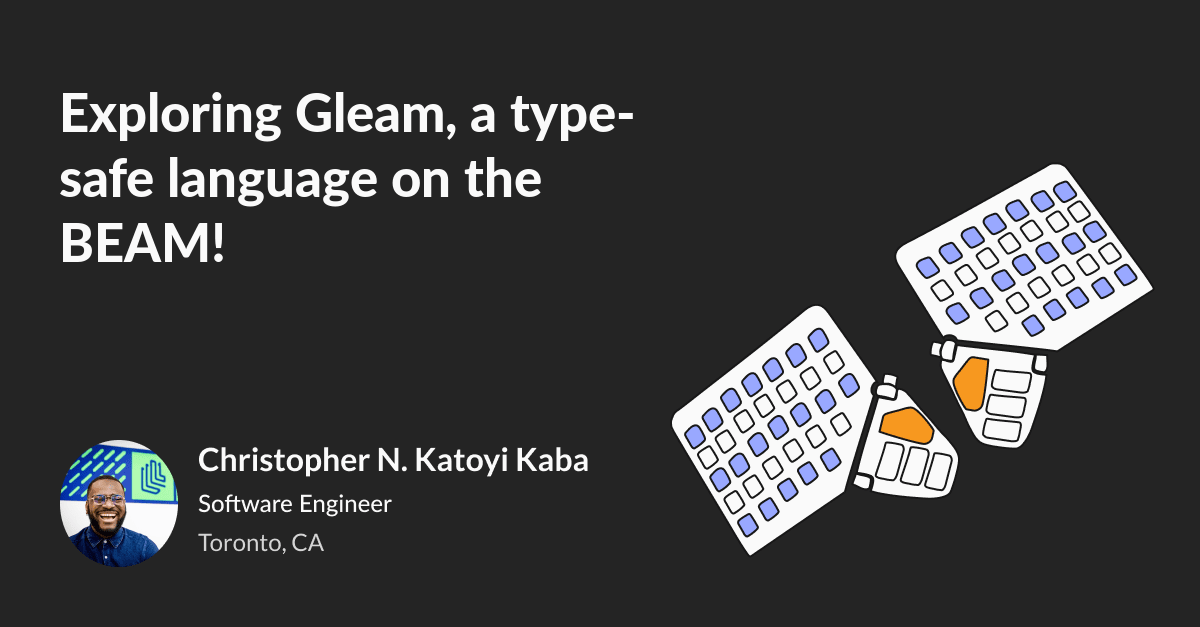





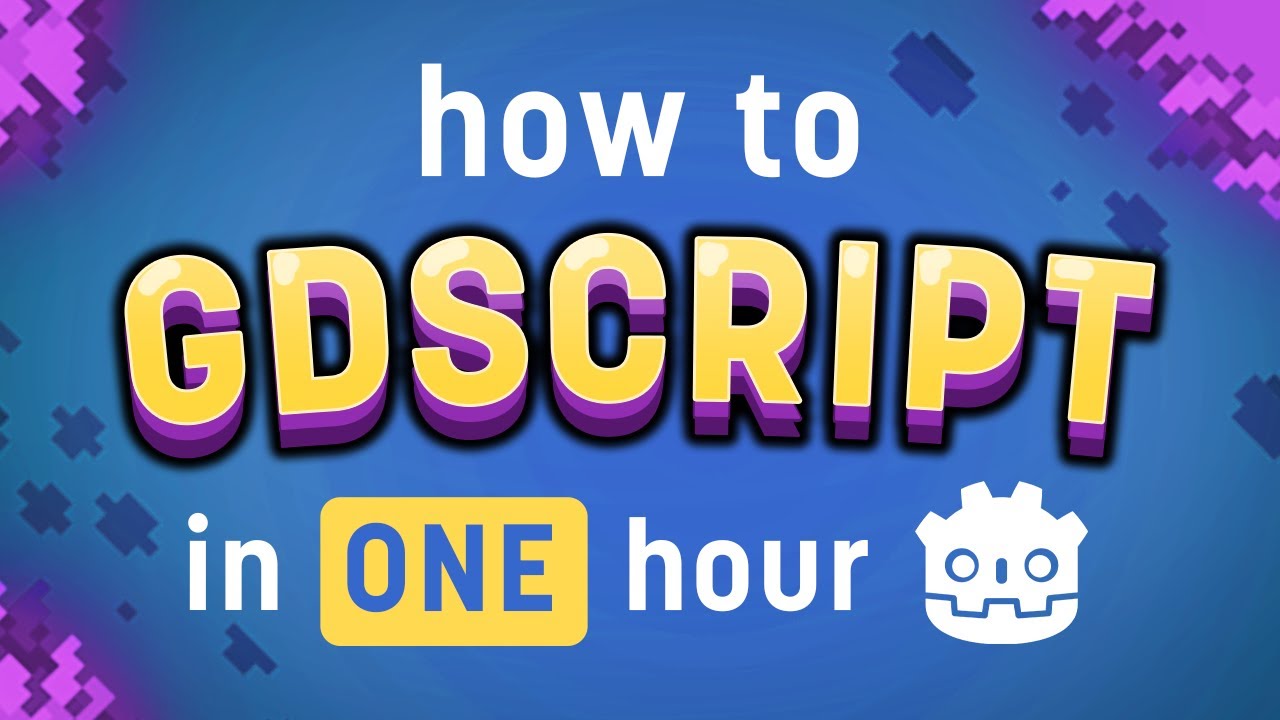

It’s not a thing and I totally agree it should exist, there’s a proposal for it on GitHub.
If you want to handle different types, the right way of doing it is giving your parameter a generic type then checking what it is in the function.
func _ready(): handle_stuff(10) handle_stuff("Hello") func handle_stuff(x: Variant): if x is int: print("%d is an integer" % x) elif x is String: print("%s is a string" % x)This prints
10 is an integerandHello is a string.If you really, really need to have a variable amount of arguments in your function, you can pass an array. It’s pretty inefficient but you can get away with it.
func handle_stuff(stuff: Array): for x: Variant in stuff: if x is int: print("%d is an integer" % x) elif x is String: print("%s is a string" % x)Then you can pass [10, 20, 30] into it or something. It’s a useful trick.